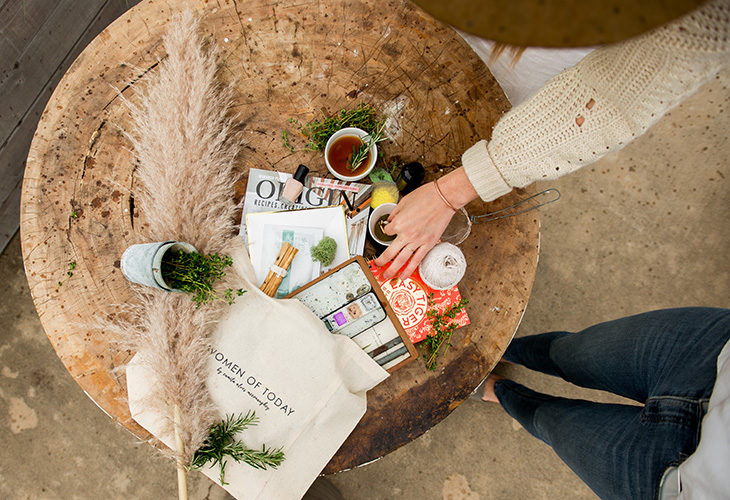Grocery shopping is an essential part of any weekly routine but there’s nothing more frustrating than going to great lengths to create the perfect shopping list only to have your food spoil in just a few days.
At first glance, your refrigerator may look like a free-for-all of open shelving. Storage is storage, right? Wrong. In any basic refrigerator, certain shelves are better than others for storing your precious produce, meats, and leftovers. Allow us to guide you on how best to keep your groceries as fresh as possible for as long as possible.

The Door
The door is the warmest area of your fridge and is best left for items that have the longest shelf life and likely won’t spoil quickly. As it sits at a higher temperature than the shelves or drawers, it is not ideal for keeping eggs or any produce. However, the egg compartment on most fridges can be very misleading. Condiments, juices, and sauces are best reserved for this area, and dairy should never be stored here as it is more likely to spoil in warmer temperatures. Other items that are well served being stored on the door are jars of pickles, jams, and nonperishables.

The Top Shelf
The top shelf maintains the most consistent temperature of the entire refrigerator. It is important to note that the recommended temperature to keep your refrigerator at is 41 degrees F. Due to its stable temperature, this shelf is best for food items that will spoil the fastest. Dairy is dependent on a steady temperature, so milk and yogurt should be stored here. Leftovers also live well on the top shelf and should be stored in sealed containers to ensure maximum freshness until you can eat them again. If you are bringing food home from a restaurant, place it in the fridge as soon as you arrive. If you have leftovers from a home-cooked meal, they should be put away within two hours of cooking your food.
Another easy hack to make sure you’re getting the most out of your food is to bring the old items to the front of your shelves and place the new food in the back. This way, you can take stock of what needs to be eaten first and make sure you’re getting to your favorite foods before they spoil and are forgotten in the back of the fridge.
The Bottom Shelf
If you don’t have a designated drawer for meats in your fridge, then the bottom shelf is your best bet for storage. According to an article by The Today Show, the bottom shelf is the coldest area of the fridge and is best reserved for fish and meat as well as poultry and eggs. Meat should be kept away from other foods, so it could also be beneficial to purchase a small plastic drawer insert to put into your fridge and store any deli you may have.

The Drawers
In a basic refrigerator, there are typically one to two drawers underneath the bottom shelf. Fruits and vegetables are best stored here as the drawers aid in maintaining a consistent temperature and humidity level. Make sure to store them separately, keeping fruit with fruit and veggies with veggies, as each food releases different gases that may not interact well. An article by Good Housekeeping states, “keep certain fruit and veg items out of the fridge, as ‘gas releasers’ such as avocados, bananas, nectarines, peaches, pears, plums, and tomatoes can make some veggies spoil prematurely.”
If you plan to wash your fruits and vegetables before putting them in the fridge, they are more likely to store moisture and spoil more quickly. Therefore, it’s best to wash your produce just before use. Additionally, if you have reusable mesh produce bags that you use instead of the plastic they provide at the store (good on you!), take your fruits and vegetables out of these bags when you arrive home and store them loosely in the drawers. Some reusable bags can cause your food to spoil more quickly, and nobody wants to cook with wilted broccoli or crunch into a wrinkled apple.

While it won’t ruin your eggs to keep them on the door or make you ill to leave fruits and vegetables together, your food can benefit greatly from proper storage and will save you time and money in lengthening their shelf life and leaving them crisp and ready to eat. Ensuring your food is stored correctly is the first step towards maximizing your grocery shop. Your recipes and family will thank you when you’re cooking with the freshest ingredients and well-stored leftovers!


















